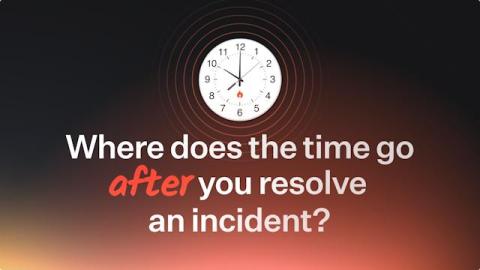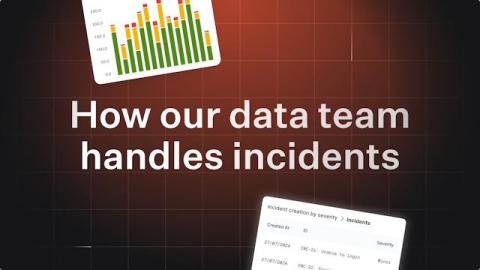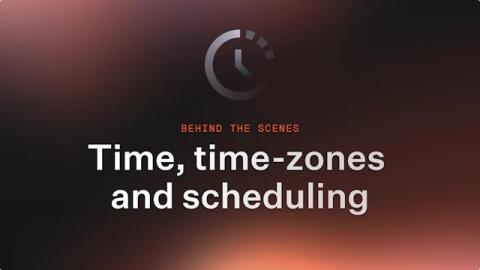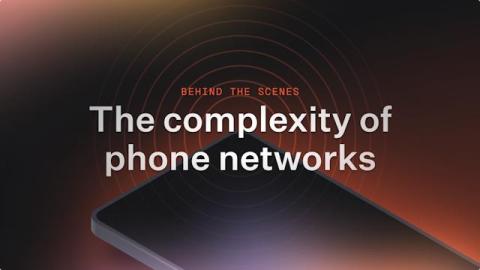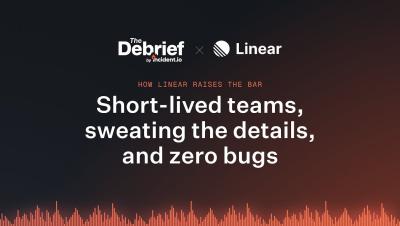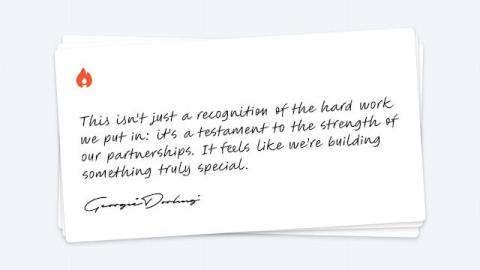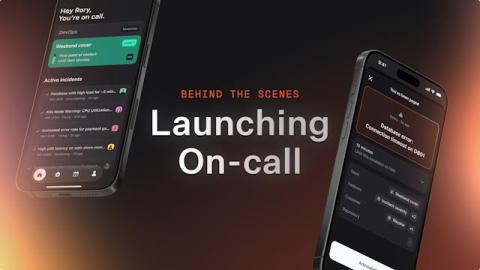Where does the time go after you resolve an incident?
We were curious: once an incident is over, how long does it take companies to document, review, create learnings, finish clean-up items, and complete any other follow-up action items? We work with a wide variety of companies, from small start-ups to Enterprises with thousands of engineers. But we wanted to know: where is their time spent after they resolve an incident? Here’s what we found!


